Something that I’ve learned as a writer who occasionally writes about history is that Americans know surprisingly little about America. A 2008 study by the Intercollegiate Studies Institute surveyed more than 2,500 Americans about their knowledge of America, its history, and its government. The study found that only about half of the respondents knew the three branches of government. Additionally, a 2014 assessment by the National Assessment of Education Progress showed that only 18% of 8th graders scored “proficient” in or above U.S. history and only 23% in Civics. This knowledge gap isn’t necessarily an accident either. Republican lawmakers have consistently voted to defund public education at all life stages.
They have also fought what experts call a “textbook war”. This battle is where Republican lawmakers and states led by them consistently force textbook publishers to publish lies. In 2015, a textbook publisher came under fire for printing a book that referred to African slaves as “workers” and “immigrants.” They also pushed the “Lost Cause” and “States’ Rights” narratives regarding the American Civil War. (To briefly combat these narratives, we can look at a Civil War-era quote from a Southern Senator, Robert M.T. Hunter, which states “What did we go to war for, if not to protect our property?”)
What is taught in American schools varies wildly between states. Thus, it’s hard to pinpoint exact topics that “most” Americans don’t know. Some surveys have shown a general lack of knowledge of history and civics across the United States. However, some things are consistently left out of American curriculums. We tried to select these things specifically. (Want to learn more about history? Check out 25 Things You Don’t Know About WW2.)
So, let’s roll up our sleeves and put in some work. Here are 10 things, you should know about America. Did you know all 10?
The U.S. Constitution Was Loosely Based on the Iroquois Confederacy
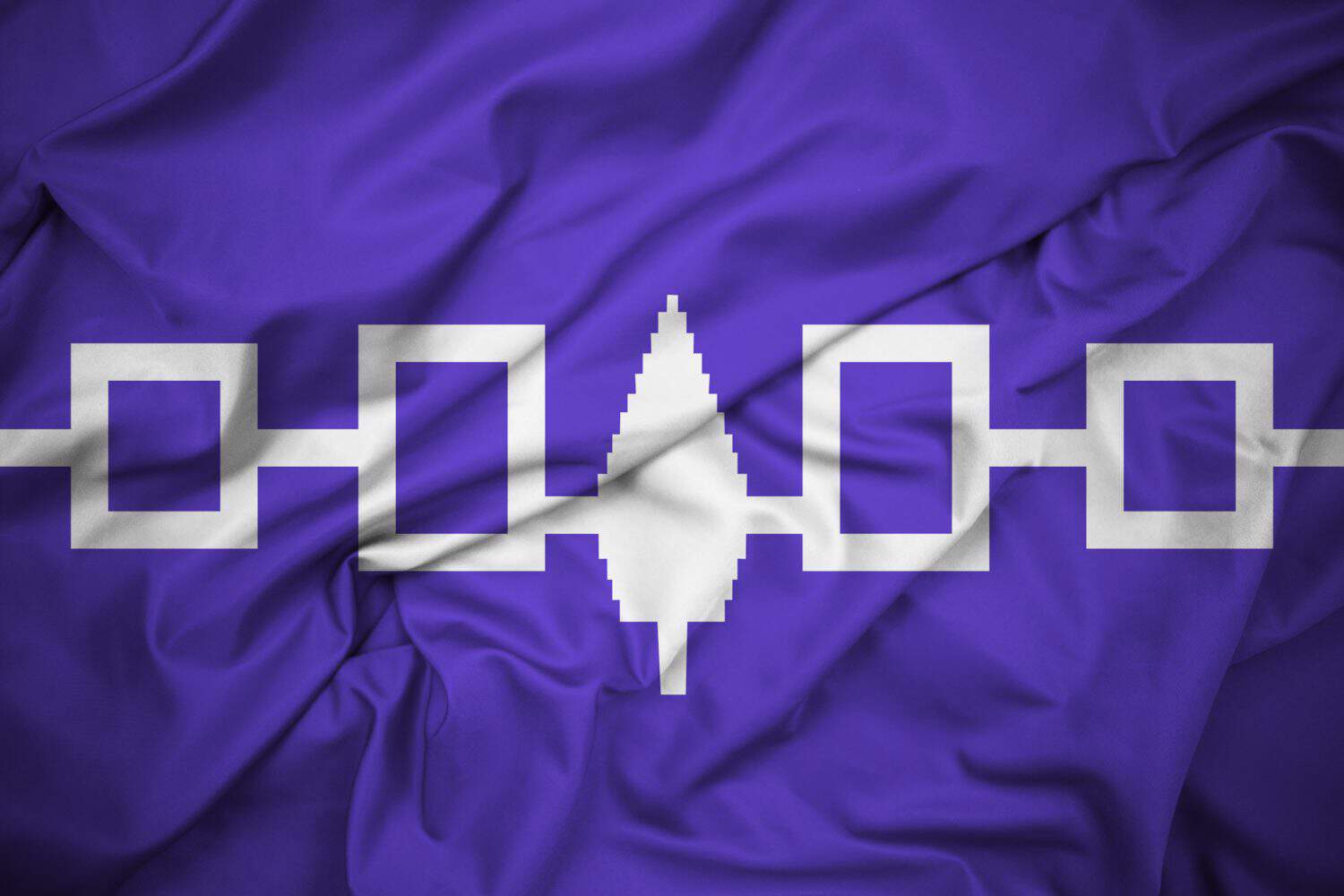
At the time of the formation of the United States of America, all Western nations we knew of were ruled by hereditary monarchies. So, when the Constitutional Convention assembled to draft the nation’s new constitution, they had no previous examples of the government they dreamed of building. Thus, they began to look at historical and real-life examples of other forms of government present in other nations.
One nation the Constitutional Convention assessed was the Iroquois Confederacy. They also assessed the works of European philosophers who had explored the idea of democracy and governmental structures other than those present in Europe. However, the Iroquois Confederacy provided something that philosophers like Locke and Montesquieu could not: a functional real-life example of a collection of independent states joined by a mutual agreement of safe passage and protection.
In 1722, the Tuscarora nation joined the Iroquois, known as the Haudenosaunee, which allowed them to join the multi-state government of the Iroquois and retain their own independent governance. By joining the Iroquois Confederacy, the Tuscarora were ensured mutual protection, safe passage, and trade with the other tribes in the Confederacy without sacrificing their individual identity and government. Thus, aspects of society that pertained to the individual tribes, like marriage and divorce, could be handled on a tribal level while national matters like mutual defense and foreign affairs were handled by the collective government.
How Do We Know the Founding Fathers Assessed the Iroquois Confederacy at the Constitutional Convention?

There were aspects of the Iroquois Confederacy that the Constitutional Convention was not interested in. For instance, tribal Chiefs were chosen by hereditary rule, which the Convention wanted to avoid altogether. We know that the Convention assessed the Iroquois Confederacy in particular because John Adams wrote a three-volume handbook about various nations’ governments in preparation for the convention and it includes information about the Iroquois Confederacy.
There Are Two Types of Military Engagements in the United States

The only part of our government authorized to declare war on another nation is the United States Congress. Even the President cannot override Congress’ decision regarding whether or not we go to war. If Congress says no, we stay put. However, there is a second option, which is a Congressional Authorization of Use of Military Force. This allows the country to deploy military forces without declaring war.
While an AUMF and a declaration of war look the same to a bystander, they have different implications for foreign affairs. When Congress issues a declaration of war, the country enters a state of international war, which triggers the innate authorization of killing enemy combatants, seizure of enemy property, and apprehension of enemy aliens. These are not triggered when Congress authorizes the use of military force.
What Is the Difference Between an AUMF and a Declaration of War?

When Congress authorizes the use of military force, it comes with specific instructions regarding where the military will be deployed, who they can use force against, and how much force they can use. Declarations of war are a bit more liberal. Thus, we try to keep those to a minimum.
Since World War II, the AUMF has been the primary method by which Congress has given the President the power to use the U.S. Armed Forces. In 2001, they passed an AUMF which allows the President to “use all necessary and appropriate force against those nations, organizations, or persons he determines planned, authorized, committed, or aided the terrorist attacks that occurred on September 11, 2001, or harbored such organizations or persons.” This gives the President liberal power to deploy the military to any country that the government believes has connections to the September 11, 2001, terrorist attacks.
The U.S. Is Not a Christian Nation

Many state lawmakers recently have been trying to push the narrative that the United States is a Christian nation, founded upon Christian principles. However, this is patently false. Christianity may be the dominant religion in America, but all countries have a dominant religion. This does not necessarily make them religious nations. To be classified as a religious nation, Christianity in this example, a country must institute a state religion. That means the government must mandate that everyone in the country convert to that religion and impose a consequence for refusal to convert or practice the state religion.
What Is a “Christian Nation” and Why Can’t America Be One?
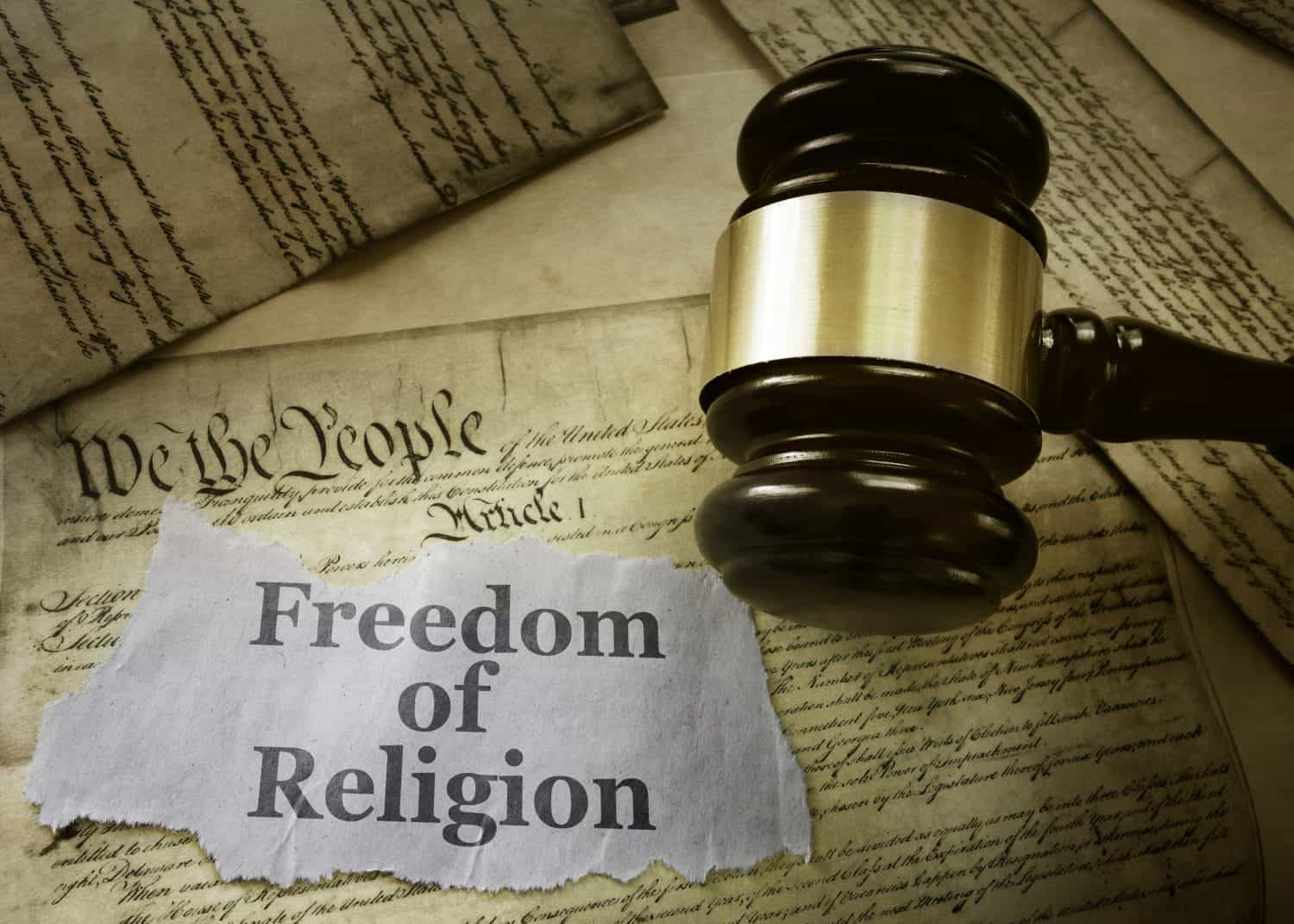
The United States Constitution and the First Amendment both prevent the American government from showing governmental preference for any religion, instituting a state religion, or discriminating against citizens on the basis of religion. Additionally, the Founding Fathers specifically founded the country on the principle of the separation of church and state. This means that the government cannot make laws based on the principles of a specific religion, even if it does not infringe on another’s right to practice their sincerely held beliefs.
Finally, it would not even service the American population to favor the deeply religious, regardless of which religion it is. One-third of Americans are purely secular, holding no particular religion. Another one-third are only nominally religious, attending services and practicing only for special occasions and holidays. Only one-third of Americans are deeply religious for any religion, and considering not all of those who are deeply religious are Christian, that means only a relatively small minority of Americans are deeply Christian.
Considering that religious persecution was the primary reason that the original American Pilgrims left England in the first place, it makes sense that religious freedom was important to many of the Founding Fathers. However, it makes sense that our lawmakers don’t know this as some of them were elected just eight months after receiving a GED. If we don’t elect our best and brightest, we can’t expect the best out of them.
Congress Actually Declared Independence from Great Britain on July 2nd
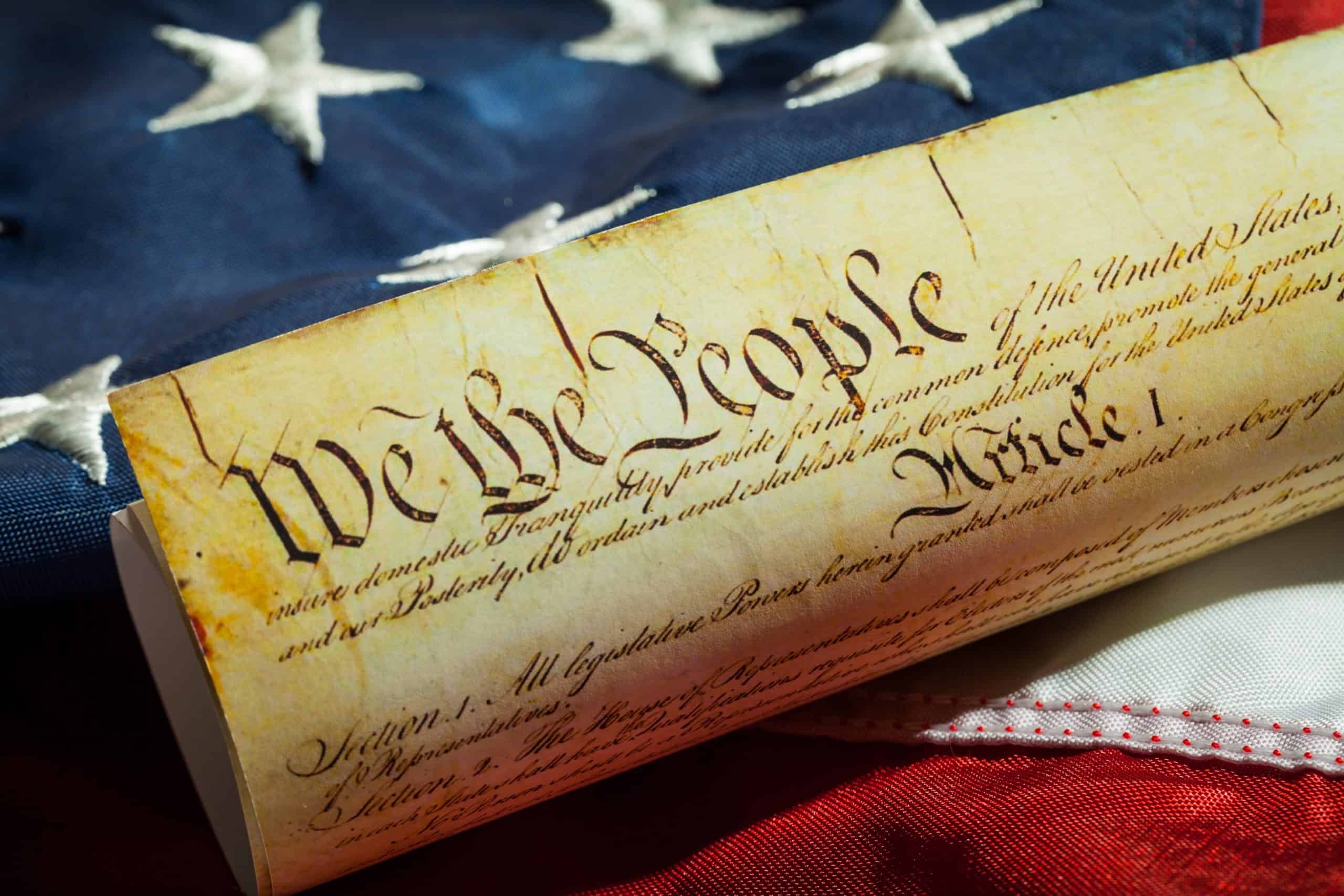
We celebrate American Independence Day on July 4th. This date is the one on which the Declaration of Independence was graced with signatures. However, it’s crucial to understand what the document represented. The Declaration of Independence was a written testimony explaining why the United States was declaring independence from the British Empire. Congress actually officially declared the United States an independent nation from the British Empire two days earlier on July 2nd. However, due to the lack of instant communication, a written document was necessary to bring to the British to explain to them why this was occurring.
How Did Americans Gain Independence on the 2nd?

The timeline of American independence from the British Empire goes as follows: The British government passed the Sugar Act, Stamp Act, Quartering Act, and finally the Tea Act, aimed at recouping financial losses from the recent French and Indian War by imposing the costs onto the American colonists. These represented the final straw in the tense relations between the American colonies and the British Empire.
After years of vicious war between the colonies and the Empire, the colonies allied together as independent states under a unified federal government. On July 2nd, the Second Continental Congress passed a resolution declaring independence from the British Empire by a vote of the delegates of the states. Then, on July 4th, it approved the written Declaration of Independence, which detailed the previous resolution and was signed by Congress delegates to deliver to the British in writing the reasons why the colonists desired freedom from their rule.
Perhaps we should celebrate American independence on the 2nd instead of the 4th. That’s the day we officially became independent, after all.
America Does Not Have an Official Language

While the lowest common denominator of American society might boldly assert “This is America! We speak English here!” that is actually untrue. Much like with a state religion, America does not have a federally applied state language. More than 350 languages have communities within American borders.
English is the most widely spoken language and for many people, they use it as their default. However, there are huge populations of Spanish, Chinese, Tagalog, Vietnamese, and Arabic speakers as well, among others. For this reason, American citizenship tests are not necessarily conducted in English. If necessary, many jurisdictions will allow immigrants to take the citizenship test in their native language if available.
Are Any Languages Recognized By the U.S.?

However, a lack of a federal official language doesn’t stop States from instituting an official language at the state level. Thirty U.S. states recognize the English language as their official language. However, several recognize multiple languages as “official”. Hawaii recognizes English and Hawaiian. South Dakota recognizes English and Sioux.
Alaska recognizes English and twenty Alaskan Native languages, including Inupiaq, Siberian and Central Alaskan Yupik, and Haida. All U.S. territories except for the District of Colombia recognize English as one of their official languages. American Samoa recognizes Samoan. Guam recognizes Chamorro. The Northern Mariana Islands recognize Chamorro and Carolinian. Puerto Rico recognizes Spanish. The U.S. Virgin Islands do not recognize any additional languages.
Many Native American nations recognize their ancestral languages as the official languages within their nations. Hilariously, the state of Illinois recognized the language “American” until 1969 when they changed it to English.
Harriet Tubman Was a War Hero
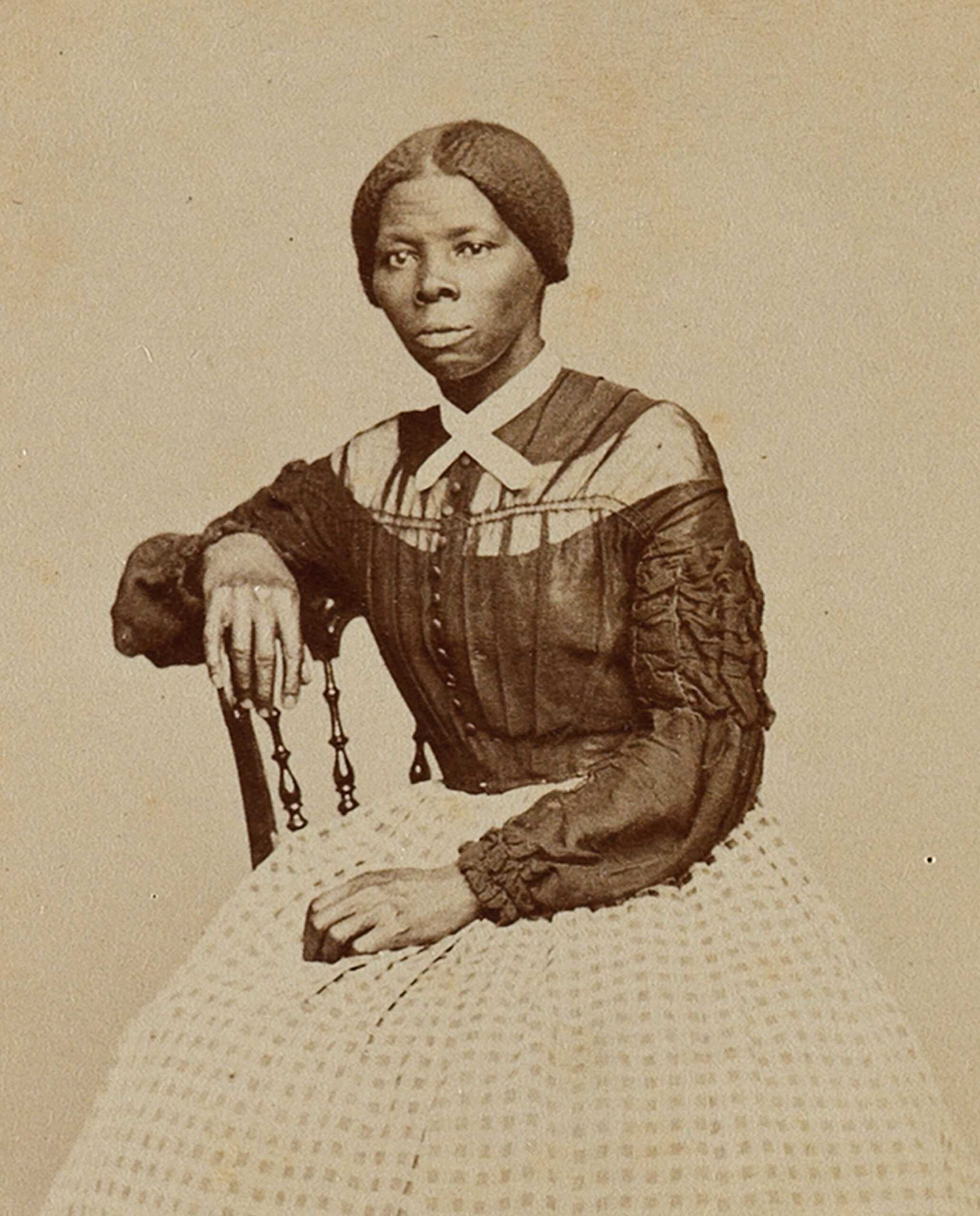
FILE - This undated file photo provided by Swan Auction Galleries shows a photograph of 19th century abolitionist Harriet Tubman. Swann Galleries is offering the circa late 1860s image for sale in New York during their auction of books, other printed material and photos from the slavery and abolition eras on Thursday, March 30, 2017. (Courtesy Swann Auction Galleries via AP, File)
Best known as a conductor on the Underground Railroad, Harriet Tubman escaped slavery in 1849. However, her own freedom was not enough for her. She returned to the American South in secret, leading escaped slaves through the Underground Railroad to freedom in sanctuary states in the North. Through the Underground Railroad, Tubman was able to free another 70 people. However, her legacy didn’t end there. After the South seceded and went to war with the North to keep their slaves, Tubman served in the Union Army. She made history yet again when she became the first woman to lead a military offensive in America.
During her initial enlistment, Tubman worked as a spy and a nurse for the Union Army. Her spy work was incredible and helped the Union Army with many offensives and defenses against the Confederate Army. However, her best work was at the Combahee River in South Carolina. At the Combahee Ferry Raid, her spy work for the Union Army caught the Confederates unaware and this allowed a group of African-American soldiers to capitalize on the chaos to overrun nearby plantations, seizing or destroying valuable property and freeing the slaves on the sites. The Combahee Ferry Raid freed over 700 slaves, allowing them to escape to the North.
Why Is Harriet Tubman’s Military Career So Widely Unknown?

Montgomery's Raids on the Combahee River Plantations
It can be hard to imagine Harriet Tubman as a pioneering soldier because the most prominent picture of her we have shows her in her old age. However, the Library of Congress and Smithsonian National Museum of African American History and Culture acquired a photo of Harriet Tubman taken in 1868 or 1869, just five years after the Combahee Ferry Raid. It’s much easier to imagine her adventures when you see her looking young and spry.
Rosa Parks Knew What She Was Doing

Many modern texts paint a picture of Rosa Parks as being too tired to give up her seat on the bus and being punished for it. However, these depictions aren’t accurate to the situation. At the time of her segregation-related arrest, Rosa Parks was already a decorated civil rights activist. In 1932, she married Raymond Parks, a civil rights activist in his own right, who encouraged her to return to school and earn her high school diploma. She became a member of the NAACP in 1943 and served as the Montgomery chapter’s secretary until 1956. On 1 December 1955, Parks refused to surrender her bus seat to a white passenger, resulting in her arrest and being slapped with a fine, which she did not pay.
What Did She Do?

Instead, she and NAACP chapter president, E.D. Nixon appealed her conviction and challenged the legal segregation of Alabama. They knew this would open them up to harassment and death threats from racists in Alabama. However, they were ready and prepared for the repercussions of the legal case. In response to her case, the young pastor, Martin Luther King Jr. led a boycott of the municipal bus company, which started on 5 December 1955. African Americans in Montgomery made up around 70% of the bus ridership and their absence deeply wounded the company’s revenue. The boycott lasted 281 days and even people outside of Montgomery joined in, boycotting segregated businesses all over the U.S.
Parks later stated, “I was not tired physically, or no more tired than I usually was at the end of a working day. I was not old, although some people have an image of me as being old then. I was 42. No, the only tired I was, was tired of giving in.”
Roosevelt Served Four Terms
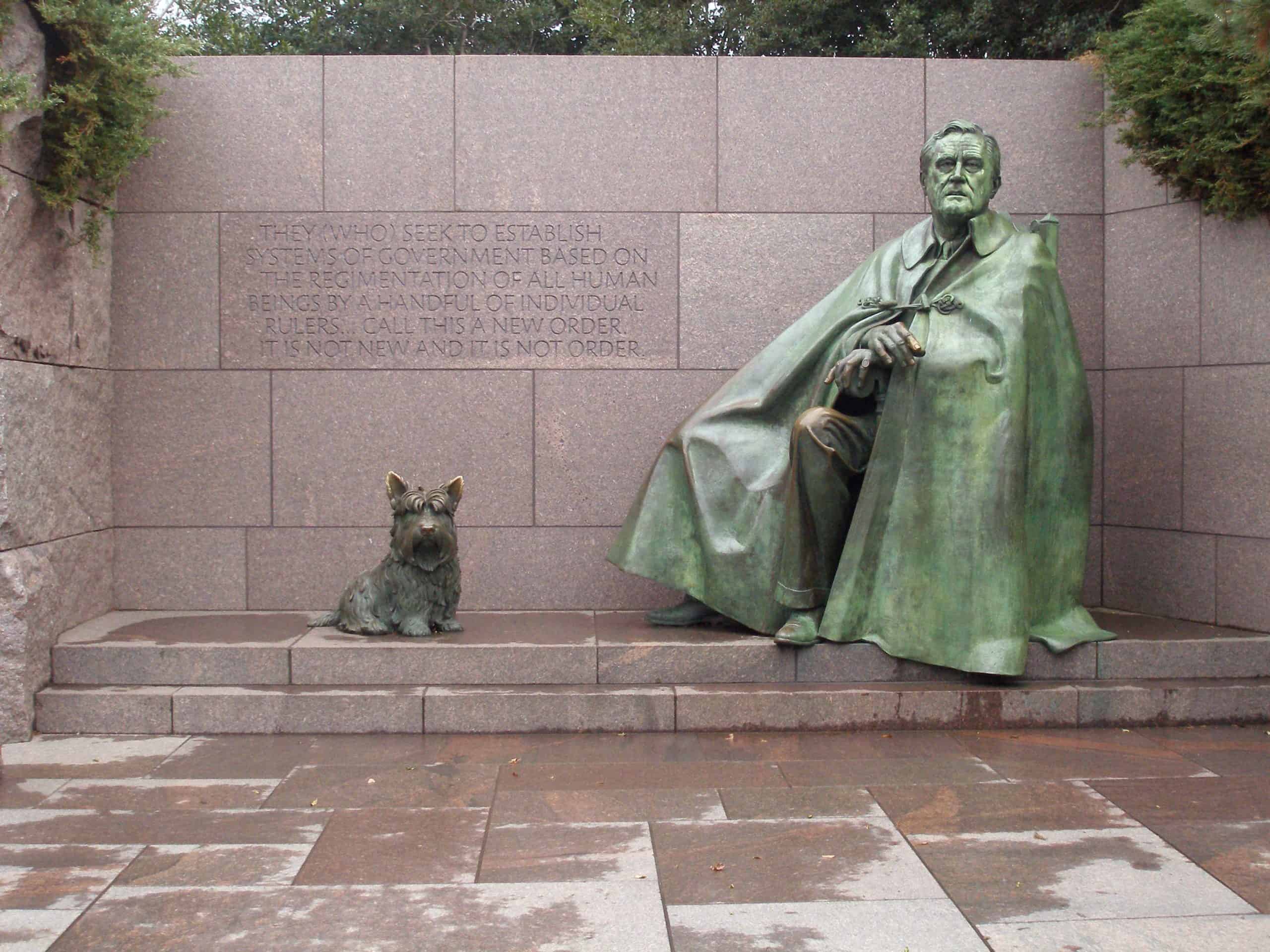
When George Washington finished his second term, many Americans assumed he would run for a third term. However, he set a precedent by refusing a third term, which most other presidents after him respected. Presidents Ulysses S. Grant and Woodrow Wilson considered or attempted to run for a third term, but were unsuccessful in securing the third term. However, one president was elected for not only a third term but a fourth one as well. Franklin Delano Roosevelt was able to secure two additional terms, breaking the precedent set by George Washington for the first and only time. The situation in America at the time was rather dire as Roosevelt’s second term ended during the Great Depression and World War II. Americans at the time had very little and the whole world was in a time of great instability.
Thus, Roosevelt capitalized on this instability. He argued that Americans needed stability at the time and maintaining leadership would provide that stability. Additionally, he had won the 1936 election with a stunning supermajority of 60% of the popular vote. His popularity hadn’t taken the massive plummet we often see with modern presidents. The only thing that stopped him from serving out his fourth term and possibly securing a fifth term was that he died in 1945, just a few months into his fourth term.
Do Presidents Have Term Limits?
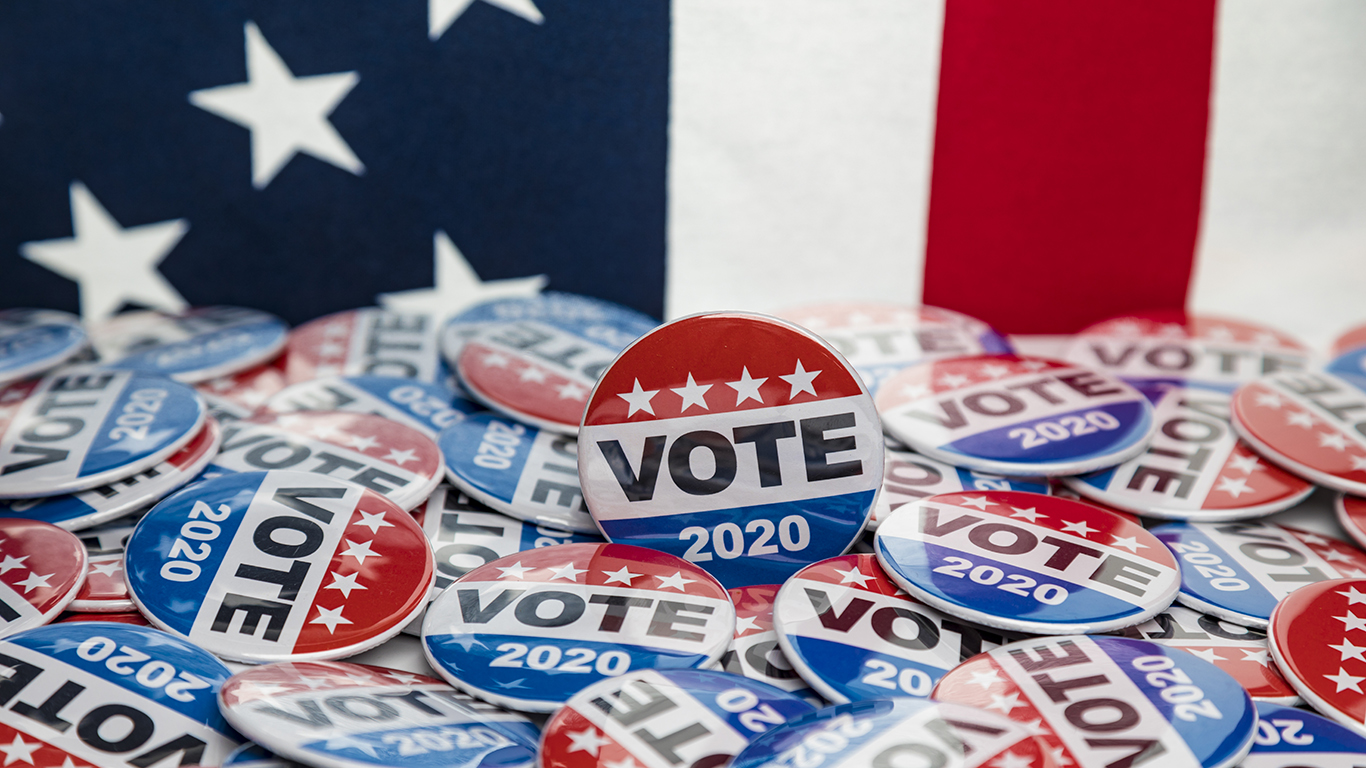
High quality stock studio photography of Vote 2020 presidential election buttons
After Roosevelt’s unprecedented victory four times, U.S. lawmakers argued that term limits were necessary to ensure safeguards against abuse of power. Two years after FDR’s death, Congress passed the 22nd Amendment, which limited presidential candidates to two terms, with one exception. If a President becomes President during another’s term due to the previous holder’s death and serves less than two years during that term, they are eligible to run for two of their own terms.
Thanksgiving Has Nothing to Do With English-Native American Relations
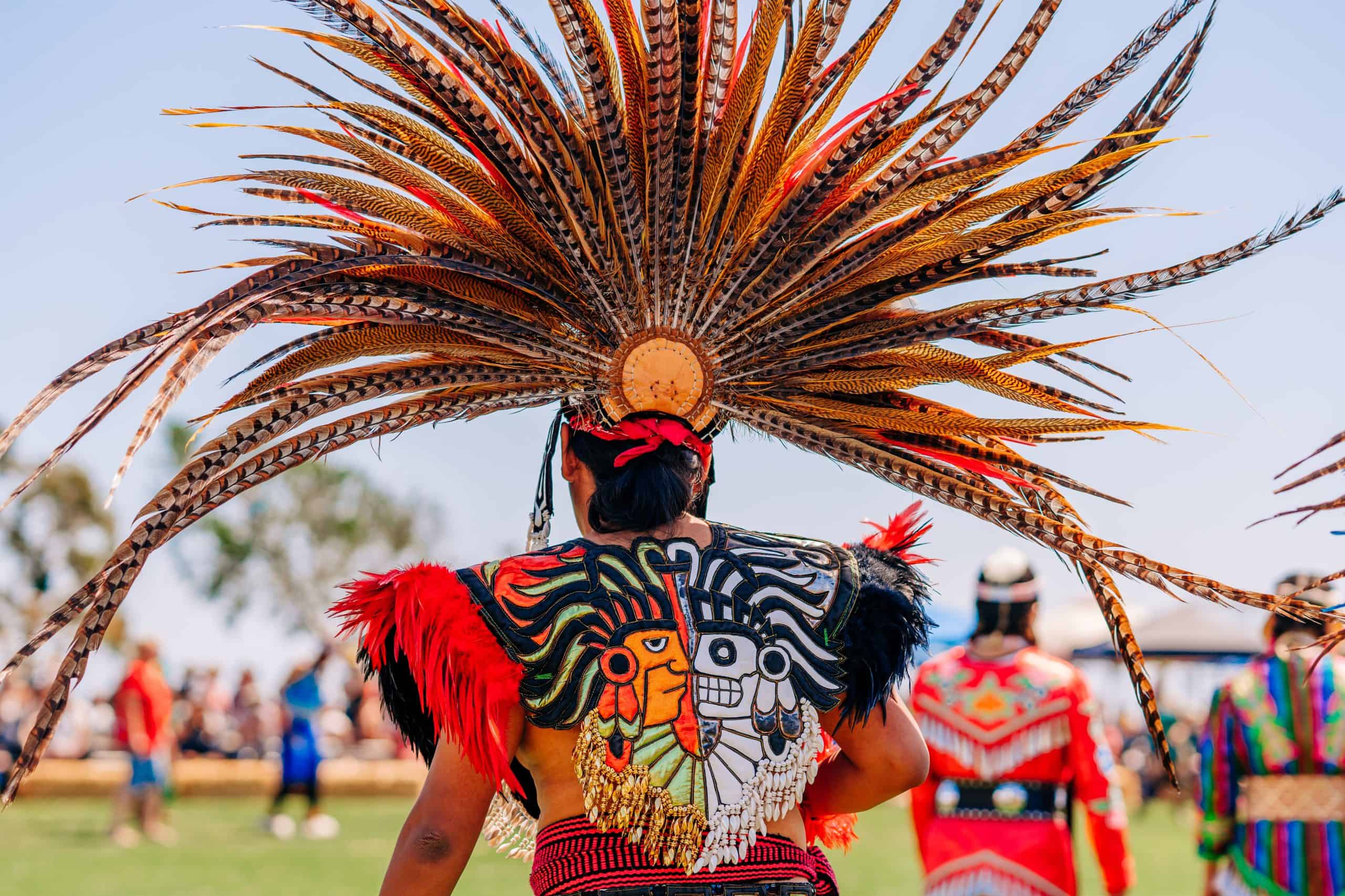
Two prevailing popular myths need to be addressed surrounding the United States federal holiday Thanksgiving. The first is that it is a re-creation of a feast between Native Americans and English settlers. This story is completely incorrect. The other myth is that Thanksgiving is a feast in celebration of a massacre of the Pequot tribe by English settlers. This story is also incorrect. While such a massacre did occur and a day of “thanksgiving” did happen, this massacre did not happen at the time when Americans celebrate Thanksgiving and it was not a feast. Rather, this day of “thanksgiving” would have been a day of deep religious observance, marked by fasting and religious prayer, not a feast.
Where Did Thanksgiving Come From?

So, what is Thanksgiving and where did it come from? Let’s start by looking at the origins of the holiday’s institution. The start of the holiday we know today was in 1863, shortly following the fall of the Confederate States of America during the American Civil War. President Lincoln, the President of the now-reunited United States Union, issued the Thanksgiving Proclamation. This stated, “I do therefore invite my fellow citizens in every part of the United States, …to set apart and observe the last Thursday of November next, as a day of Thanksgiving…”
The narrative of a pleasant meeting of Native Americans and English settlers comes from Sarah Josepha Hale, better known for writing “Mary Had a Little Lamb”. The propagation of this narrative is almost entirely a product of the 20th century. Due to the incredibly problematic narrative of Native and English peace (which did not ever truly exist), it’s probably better that we join New England Native activists and celebrate it as a National Day of Mourning for all the Native American people massacred throughout America’s history.
Racism Is Very Much a Contemporary Problem in the U.S.
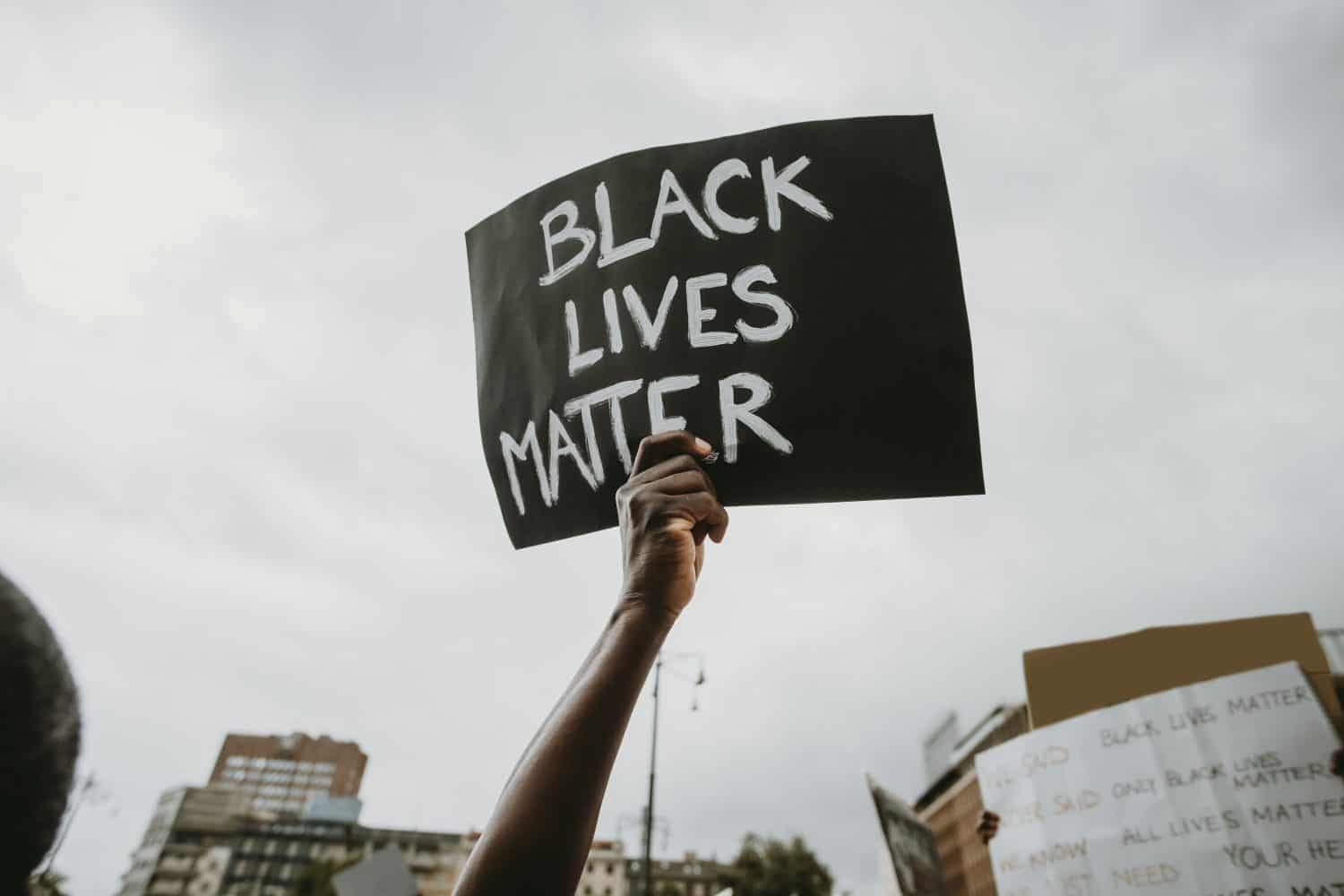
Many Republicans would argue that racism in the U.S. is a problem of the past. Slavery is over. Segregation is over and therefore so is racism. However, that couldn’t be farther from the truth. Most minority groups see their own and other groups’ experiences for what they are: hampered by the shadow of racial discrimination through overt racism and covert microaggressions. The reason that this is often unknown to many people is that conservative lawmakers have instituted educational gag orders intended to prevent students from being taught information that would lead them to the conclusion that racism is a contemporary issue that continues to pervade our society.
However, statistically, it’s hard not to acknowledge the various setbacks faced by different minority communities. Black and Hispanic families are the most likely in America to be poor. The lowest income by race is Black families. Black and Hispanic families are also the least likely to own homes. Native Americans, Pacific Islanders, Native Hawaiians, and Alaskan Natives were the most likely to die during the COVID-19 pandemic.
Thirty-five percent of Black people report experiencing severe, overt racial discrimination, and 26% of Hispanic people report the same. Fifty-three percent of Black people report unfair treatment in housing, education, or employment, as well as 36% of Hispanic people. Fifty-four percent of Black people feel their race has been a disadvantage to them. Conversely, 61% of white people feel their race has been advantageous to them. (Interested in more things you didn’t know? Next, read 30 Things You Don’t Know Your Smartphone Can Do.)